Writer Amanda Christmann
Photography Courtesy of Goldenstein Gallery
[dropcap]I[/dropcap]f ever there was a woman comfortable in her skin, it’s Patricia Griffin. Wearing paint-spattered overalls, owl-rimmed glasses and a smile that shines with inner radiance, she took time to talk about life and art from inside her studio.
Here, she shares her mountain home with a horse, a sheep, a pig and three dogs. She makes maple syrup and volunteers for local conservation efforts. Her daughter, now 19, is off to college, and Griffin finds peace in her solitude.
There is no pretense in her voice or in her work; what you see is what you get—in the most delightful of ways—with Patricia Griffin. That simplicity and authenticity is something that shows in her art and resonates with people all over the globe.
Her ability to connect with life around her translates into art that hundreds of collectors and over a dozen museums want. Her style is unique, and the message behind it is genuine.
Griffin has carved a niche for herself by portraying bison, horses, elephants, bears and dozens of other animals she’s met in oil paint on oversized linen canvas. Her signature calling card is that, in nearly every painting, the animals are observing the observer.
Her use of shape, form, bold color, structure and space, as well as the depth conveyed by her dimensional use of layers and texture is much more than sound technique. Every portrait is the result of hours of quiet observation. She’s spent days in solitude in national parks, Native American reservations and faraway lands in India and beyond. She’s not after a standard “animal in its natural surroundings” image; on every expedition, she hopes to capture the connection between an animal and its human on-looker.
A painting on prominent display at Sedona’s Goldenstein Gallery comes to mind as she explains her process. “Carl,” a curious burro vibrantly portrayed on tall, narrow canvas, is engaging, yet so simple that he can’t help but evoke smiles.
“My mission is to capture the exchange of recognition between the animal and the viewer. I give the paintings human names so that the viewers identifies with the spirit of the animal and respects them as individuals.
“When animals are gathered in a herd, it’s easy to see them as less than what they are. Toss one up on a canvas and call it ‘Carl,’ and the subject becomes an individual.”
Recognizing the uniqueness of each animal is critical in learning to care about it.
“Animals have emotions and are capable of so much more than what has been traditionally recognized. Not only do they care for each other, but they have the ability to connect with us if we open ourselves up to learning to speak their language.”
A graduate of Moore College of Art and Design, Griffin has been a professional artist for nearly three decades. Though she is known for her animal paintings, that has not always been the case.
A decade ago, Griffin was happy painting the beautiful landscapes of her home and her travels. In 2007, while working on a plein air piece, she looked up to see a pronghorn antelope watching her from just a few feet away. Before she knew it, she was in the middle of a herd. It was a transformative moment.
“On the way home, I thought, ‘I’m supposed to be painting wildlife!’ When I began painting animals, people reacted in a way they never had with landscapes.”
More often than not, they react with happiness, and with a sense that the animals are part of their lives.
“I am always grateful for the opportunity to view my subjects from their natural surroundings,” Griffin explains. “Each piece pulls the viewer in to a shared secret between themselves and the animal.
“My intent is to captivate the viewer in a joyful moment of presence,” she says.
Those moments resonate with her collectors. Her work has brought international recognition, and has been exhibited in 13 museums and by collectors from Dallas to Dubai. She has exhibited in 16 solo exhibitions, and over 160 group exhibitions and counting. Ten percent of her proceeds are donated to conservation efforts.
At Goldenstein Gallery in Sedona, where work from some of the area’s most prominent artists is on display, Griffin has earned her spot among the most collectable painters.
From the rich blues of nighttime found in “Alfonzo,” a gentle-looking buffalo she found on the Blackfeet reservation; the smiling face of “Magda,” a sheep who, upon close inspection, is a fantastic study in color and light; “Innocent,” a fawn whose spots and sweet expression show its youth; or one of more than 20 other works on display, people love what she creates.
“I feel like I’m a conduit,” Griffin says. “It’s not about me. It’s about letting the animal’s energy come through me.”

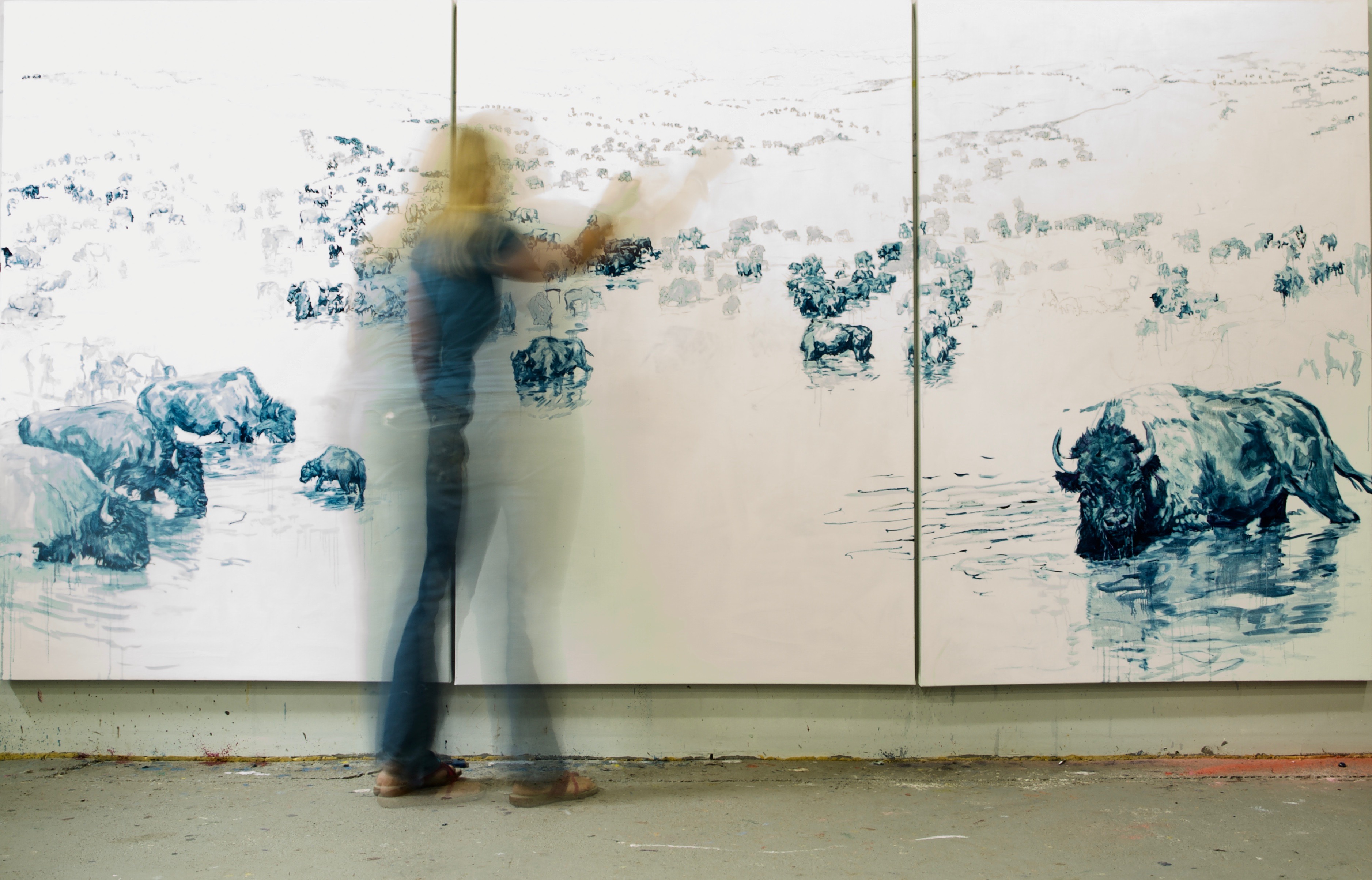
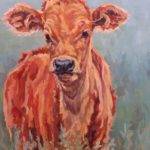
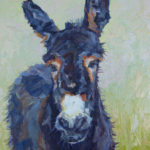

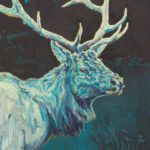
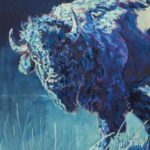
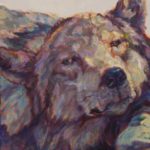





Comments by Admin